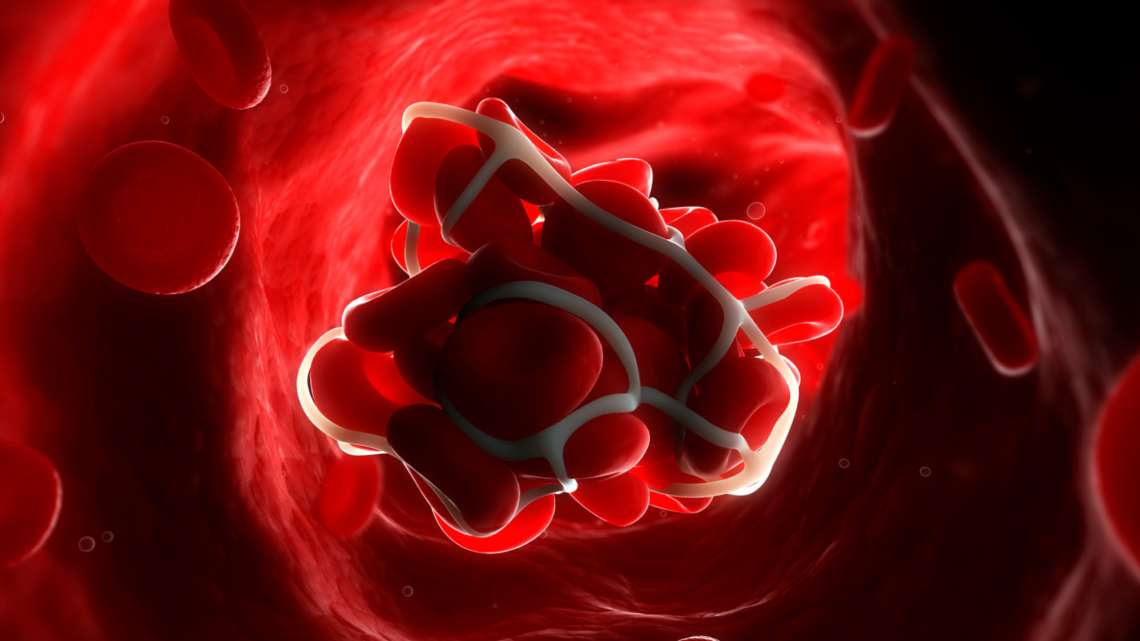
Thrombosis
Thrombosis, in a broad medical sense, pertains to the formation of a blood clot, known as a thrombus, within a blood vessel. This aberrant clotting can obstruct the flow of blood through the circulatory system, presenting a myriad of health implications and sometimes cascading into life-threatening situations.
Signs and Symptoms
Detecting thrombosis early is pivotal to managing and mitigating potential risks. The signs and symptoms may vary, contingent upon the location of the thrombus:
- Deep Vein Thrombosis (DVT): DVT commonly occurs in the legs and might present symptoms like pain, swelling, warmth, and redness in the affected area.
- Pulmonary Embolism: When a blood clot travels to the lungs, symptoms might include shortness of breath, chest pain, rapid heart rate, and coughing (possibly with blood).
- Arterial Thrombosis: This may result in pain and swelling in the affected area, and if it occurs in a major artery, it might lead to severe issues like a stroke or heart attack.
Remember that thrombosis can occasionally be asymptomatic, making preventive strategies and risk factor management critical.
Risk Factors
Various factors can elevate the risk of developing thrombosis:
- Genetic Factors: A familial history of blood clot disorders may inherently heighten one’s risk.
- Age: While thrombosis can occur at any age, risks increase substantially as one gets older.
- Immobility: Prolonged periods of stillness, such as during long flights or bed rest, can facilitate clot formation.
- Surgery: Certain surgical interventions, particularly joint replacement surgery, may transiently elevate the risk.
- Medical Conditions: The presence of diseases like cancer, lupus, and certain heart conditions can escalate risk.
- Lifestyle: Smoking, obesity, and general lifestyle habits can also influence thrombosis susceptibility.
Treatment
The therapeutic strategy for thrombosis primarily hinges upon the location and severity of the thrombus, as well as the patient’s overall health status. Some of the predominant treatments include:
- Anticoagulant Medications: These “blood thinners” don’t actually thin the blood but prevent existing clots from enlarging and new ones from forming. Commonly prescribed anticoagulants include warfarin and heparin.
- Thrombolytics: These “clot busters” assist in dissolving clots but are typically reserved for severe cases due to their associated bleeding risk.
- Compression Stockings: Particularly useful in managing DVT, these help prevent swelling associated with clots in the legs.
- Surgery or Thrombectomy: In acute or severe instances, surgical removal or mechanical breakdown of the clot may be necessary.
- Filters: In some cases, a filter might be inserted into the vena cava (the body’s largest vein) to prevent clots from migrating to the lungs.
Preventive Strategies
To circumvent thrombosis, it is advisable to:
- Adopt a healthy, well-balanced diet rich in fruits, vegetables, lean proteins, and low in saturated fats.
- Engage in regular physical activity to enhance circulatory health.
- For individuals with known risks, utilize compression devices during periods of immobility.
- Manage chronic conditions meticulously to mitigate thrombotic risks.
- Seek regular health screenings to preemptively identify and manage potential risk factors.
Thrombosis, with its intricate connections to various pathological conditions, mandates a multifaceted approach to management and treatment. Understanding the pathology, recognizing early signs, and employing targeted treatment alongside robust preventive strategies can significantly mitigate associated risks and complications.

